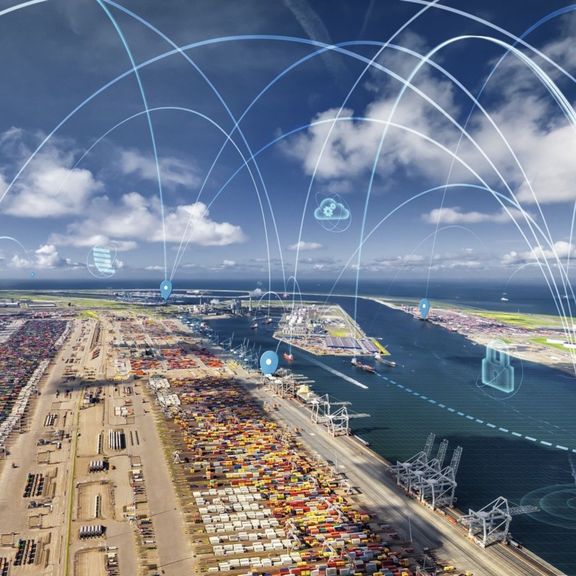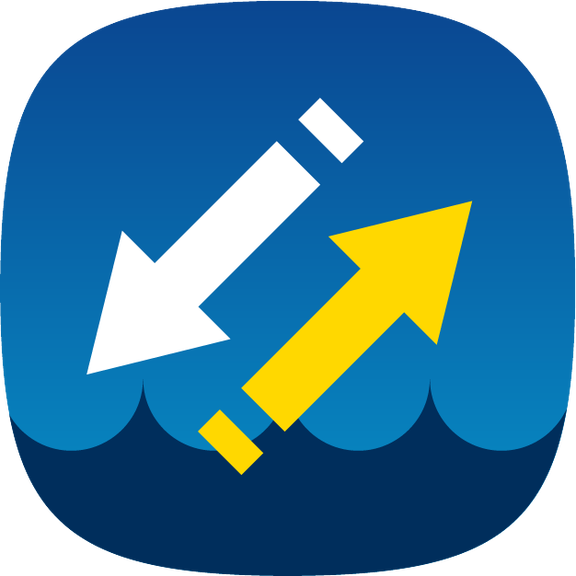
PortXchange Synchronizer
For every port call many different operations must be performed at just the right time. The exchange of planned, expected and realised times make it possible to plan a port call in a much smarter and more efficient way and also to finalise it faster. PortXchange is an application that shipping companies, agents, terminals and other service providers can use to optimally plan, execute and monitor all activities during a port call based on standardised data exchange.

PortXchange started as the Pronto project in Rotterdam. After successful trials PortXchange was launched as an independent organisation with Maersk and Shell as their launching customers. Since then PortXchange has been implemented in the ports of Felixstowe, Moerdijk, Algeciras and Houston. Is your company active outside the Rotterdam port area and are you interested to see how PortXchange can help you?
How does PortXchange Synchronizer work?
PortXchange provides shipping companies, agents, terminals and other service providers with a shared platform that they can use to exchange information about their port calls. You can use the PortXchange dashboard or you can use your own data directly by means of API links.
As soon as ETA is known, the vessel is assigned its own timeline in PortXchange. The timeline displays all events during the port call: from the vessel’s arrival and stay in the port to its departure from the port.
PortXchange combines public data, data retrieved directly from participating companies and forecasts from artificial intelligence applications to generate extremely accurate information about a port call. PortXchange does not share any information about the cargo.
Users can easily filter the available data on their own dashboards and zoom in on the timeline of an individual port call. They can use this information to access and plan the activities related to a port call much more efficiently than in the past.
The progress and status of the events is continuously updated on the dashboard. In that way, users can monitor the status and, where necessary, adjust it. If they wish, users can receive alerts if there are status changes, delays or planning conflicts.
PortXchange uses the port information standards defined by the Port Call Optimisation Taskforce.
Benefits PortXchange
With PortXchange, all the activities related to a port call can be planned, implemented and monitored in the most efficient way possible. This benefits all the parties concerned:
- Shipping companies: shorter port call turnaround times, better predictability, lower bunker and charter costs, lower CO2 emissions during each port call.
- Terminals: better terminal capacity utilisation by improving turnaround times and reducing waiting times.
- Agencies: more time for services to clients thanks to clear and streamlined communication and fewer telephone calls to ask for updates.
- Logistical and maritime service providers: better service thanks to better predictability and a quicker grasp of the current situation.
- Port Authority: increased predictability and cargo volume and reduced CO2 emissions.
20 percent saving in waiting time
The first quantitative benefits of port call optimisation using PortXchange have already been demonstrated: a recently completed pilot with shipping companies, terminals and agencies generated a 20% saving in waiting time.